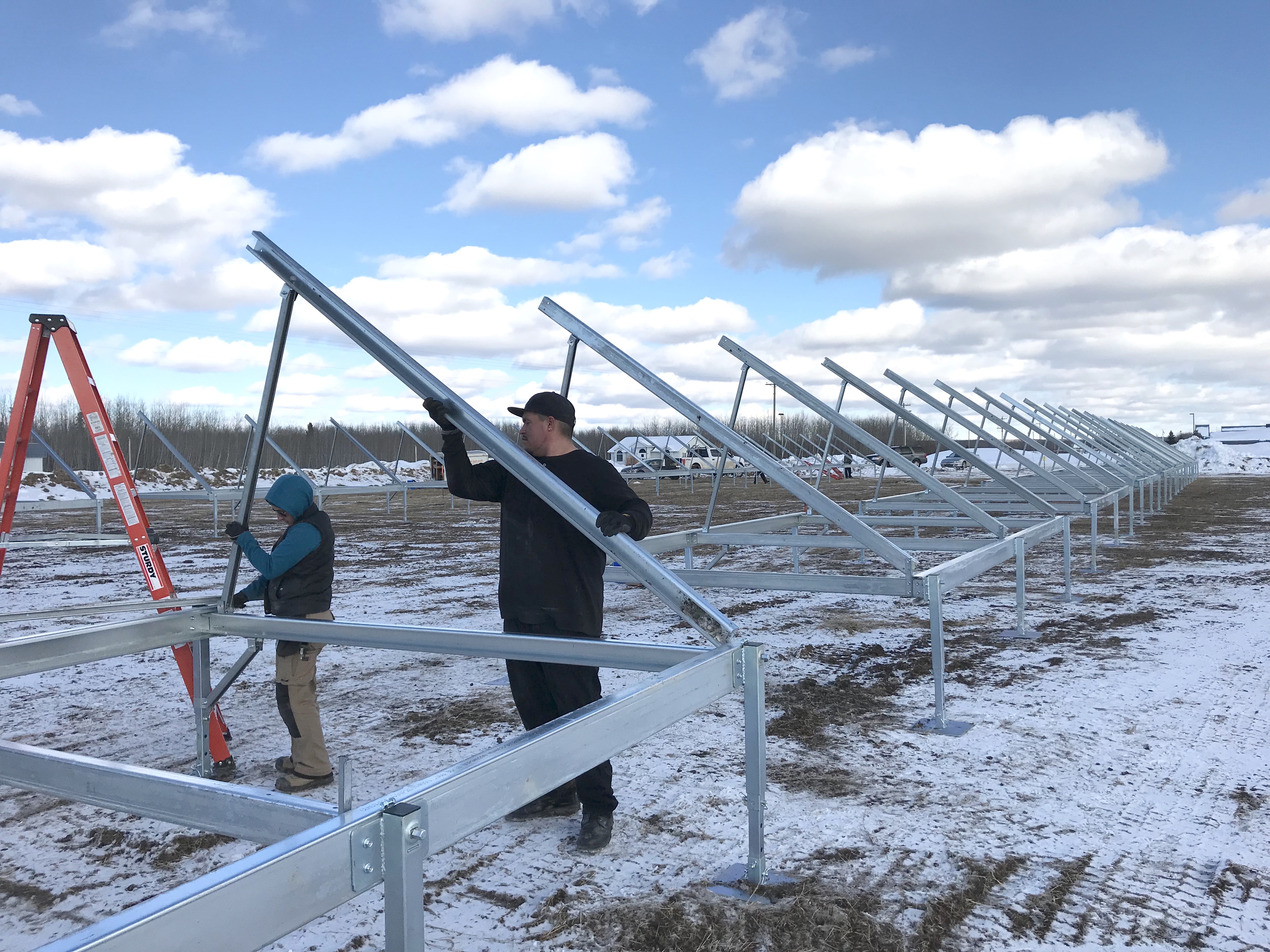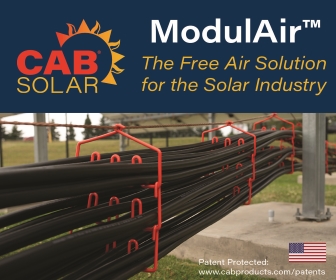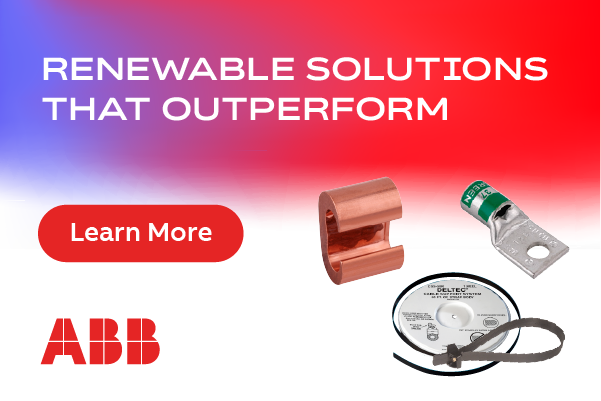Northern Exposure: Ground mount solar for anywhere the ground freezes
The sun may be shining brightly, but the ground is frozen-perhaps permanently. Frozen ground presents two challenges for traditional ground mount solar foundations. One is year-round and involves the need to go deep, below the frost line, to avoid problems caused by heaving as the soil freezes and thaws. The other is seasonal, and involves being able to install steel piles or screws in the frozen ground without damaging them or the installation equipment. The former can make ground mount systems cost-prohibitive; the latter can put solar companies out of business for several months every year.
Both challenges are addressed by the earth anchor foundation system, a recent innovation in the ground mount solar industry. Earth anchors have long been used for a variety of applications, including by electric utilities for securing the guy-wires that tether power poles. The operating characteristics that enable earth anchors to function well - even in the most difficult of soil conditions, from desert hard pan to sand - also make them viable in frozen ground. Before understanding how earth anchors work through freeze/thaw cycles and in permafrost, it is necessary to first understand some basics about their use.

Earth Anchor Basics
The advantages afforded by earth anchors derive mainly from their shape: bullet-like and typically about 5" long by 1.5" in diameter; penetrating "teeth" at one end; a hole for inserting the drive rod at the other end; and an "eye" in the center for attaching a stainless-steel cable or galvanized rod. Some anchors are more like wedges that are narrower and wider, but either shape gets its rather extraordinary holding strength from the "inverted cone" of soil above. An anchor set 48" deep, for example, is secured by over 26 cubic feet of contributing soil, for a holding capacity of over 2,000 pounds under most conditions.
Its relatively narrow profile and aggressive teeth make the earth anchor substantially easier to install, compared to driven or augered piles or screws. An electric or pneumatic rotary hammer drill, powered by a portable generator or air compressor, and equipped first with a bit (for drilling a pilot hole) and then with a special drive rod, are the only tools needed to set the earth anchors. After the drive rod is removed, and uplift force is applied to the attached cable or rod, the underground anchor rotates into its final, horizontal and locked position.
This installation process affords another major advantage: The ability to conduct simple, inexpensive, real-time field load tests to measure the actual (vs. calculated) holding strength of every earth anchor. Such verification eliminates the need for geotechnical reports and related inspections, and virtually guarantees being able to meet the required engineering and design specifications, easily and cost-effectively It is important to note that should any test fail to reach the specified load, the earth anchor can simply be removed and reinstalled at a different angle and/or depth. If necessary, a second anchor can also be set, with the load test performed again on the pair.
Below Ground Below Zero
The advantages of earth anchor foundation systems are already proving applicable in frozen soils, making ground mount solar projects viable in some of the worst locations.
Depending on the soil composition, the basic "warm climate" installation is modified by adjusting the depth of the earth anchor and, optionally, using springs to accommodate ground movement and limit the cyclical forces being applied to the anchors. The easiest case is permafrost where, with no seasonal ground movement, the earth anchors can normally be installed to a depth 36-48", just as they would be at Southern latitudes.
Where freezing is seasonal, it is necessary to accommodate movement of the ground during freeze/thaw cycles. Ground begins freezing at the surface; the resulting expansion or heaving has the effect of applying additional upward force on the foundation. Specialized compression springs in the anchor system allow the foundation to rise slightly as the ground freezes, and settle as it thaws, all while maintaining adequate tension in the anchor's cable or rod. Engineering analysis can determine the optimal tension of the spring, and depth of the anchor. Both variables depend on the soil properties, specified depth of the frost line, and other environmental factors.

Earth anchor foundation systems offer important advantages over traditional ground mount solar foundations. During installation, there is no need for an excavator, pile driver, auger, or other heavy equipment, or for any costly admixtures for pouring concrete in freezing conditions. Earth anchors readily overcome the resistance to penetration caused by hard, frozen soil.
Heaving ground also applies uplift forces to vertical surfaces. In order to prevent freezing soils from adhering to the metal or concrete of traditional foundations, it helps to replace the surrounding native soils with gravel, or install a PVC collar down to the frost line. This also prevents so-called frost-jacking, where the pile or pier rises during freeze cycles, but fails to settle when the ground thaws. The opposite problem occurs during warmer months in permafrost, where the high thermal mass of steel piles or screws, or concrete piers, can cause the surrounding ground to melt, resulting in the array sinking or settling, likely in an uneven and permanent manner.
The narrow profile, low surface area, and virtually negligible thermal mass of the earth anchor, and its cable or rod, overcome all of the problems that plague traditional foundations. Fewer problems means lower costs. The earth anchor foundation system is opening new markets and creating new opportunities by making ground mount solar viable wherever and whenever the ground freezes.
Jono Stevens is the co-founder and Executive Vice President of Products at Nuance Energy Group, Inc. He is a solar industry veteran with more than 20 years of experience in photovoltaic energy and construction management, where he has helped develop over 50 MW of solar capacity across more than 1000 systems in residential, commercial and utility-scale projects. Prior to co-founding Nuance Energy, Jono held senior leadership positions at SunWize Technologies, GreenVolts and Cobalt Power Systems.
Nuance Energy | www.nuanceenergy.com
Volume: 2018 May/June









.png?r=3549)


